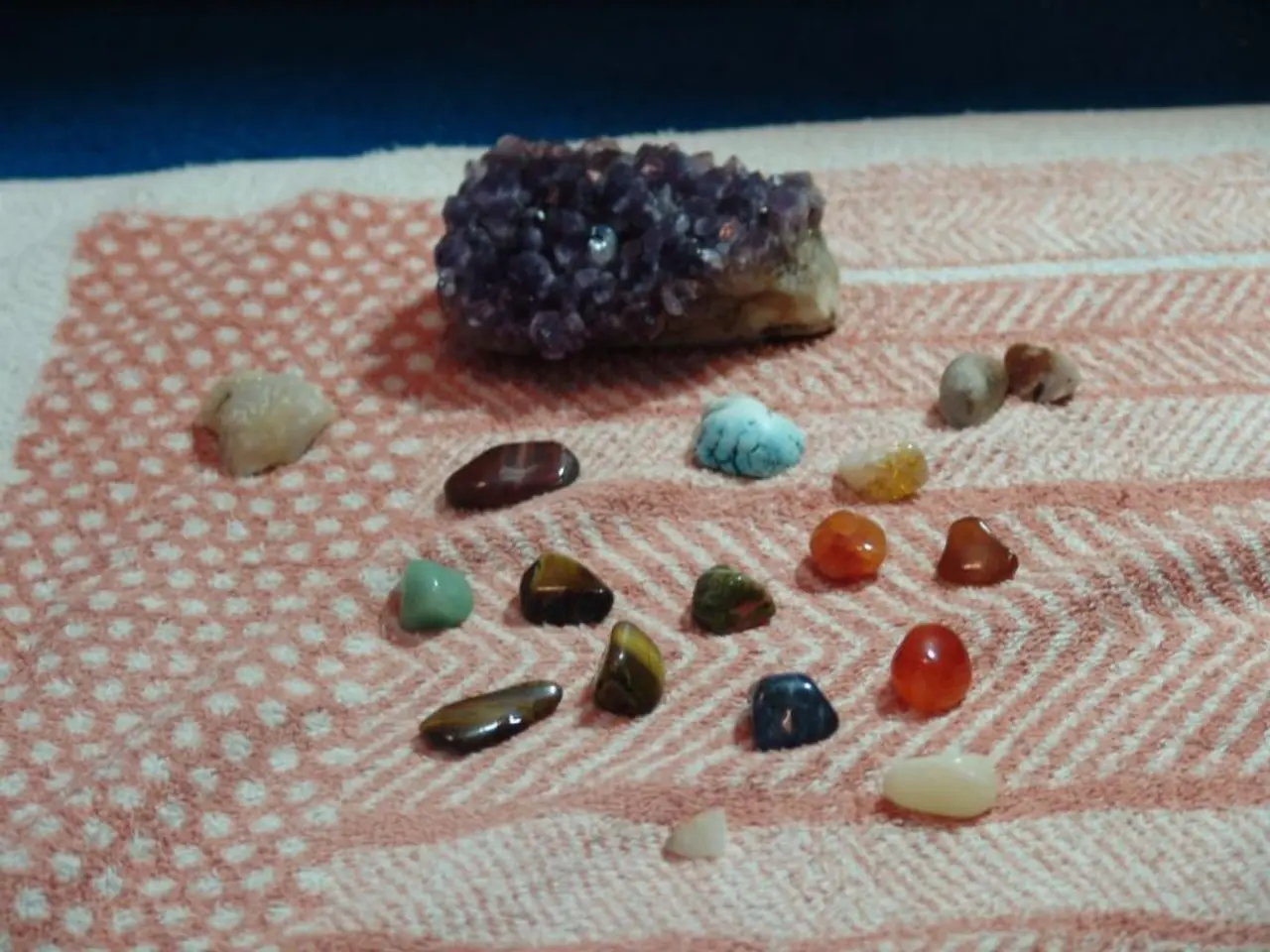Guide for Purchasing Rutilated Quartz
In the world of gemstones, the value of rutilated quartz is largely determined by the quality and characteristics of its unique inclusions. These inclusions, known as rutile silk, can significantly impact the stone's worth, making it a coveted collectible or decorative piece.
Rutile silk refers to needle-like inclusions that can occur as large bands or small strands, often in shades ranging from golden to brown. The visibility, size, distribution, color, and aesthetic appeal of these inclusions are the core factors affecting the value of rutilated quartz.
Quartz with fine, well-distributed golden rutile needles that are clearly visible and create unique patterns are more prized. The inclusions should be neat, needle-like, and arranged in pleasing or distinctive formations to increase desirability. Conversely, inclusions that appear cluttered or dull may lower value.
Golden or reddish-gold rutile inclusions are more attractive and sought after than dull or brownish tones. The clearer and more transparent the quartz host, the better the value as it allows these rutile inclusions to be showcased optimally.
Larger stones with these desirable inclusion characteristics, well-cut to showcase the needles, command higher prices. While quartz itself is common, rutilated quartz with high-quality inclusions behaves more like a collectible or decorative stone than an ordinary quartz crystal.
Inclusions that "reach certain points," meaning when rutile needles intersect or form star-like or unique needle clusters inside the quartz, tend to increase value because they create visually striking effects. Quality rutilated quartz thus depends on a combination of clear quartz with attractive, well-positioned golden rutile needles that enhance its overall appeal.
No direct pricing scale for rutile inclusion size or extent was found, but the emphasis on inclusion quality, visibility, and aesthetics is clear as key value drivers. Other general gemstone valuation factors such as color, cut, clarity, and carat weight also apply to rutilated quartz.
In addition to the traditional golden rutile inclusions, some people may prefer a coppery hue, vibrant colors like amethyst or citrine, or the muted effect of smoky quartz. The value of rutilated quartz with these colored inclusions can also vary based on their quality and desirability.
The website provides price guidelines for faceted and cabochon rutilated and tourmalinated quartz, offering a starting point for those interested in investing in or collecting these unique gemstones. Whether you're a collector, a jeweler, or simply a gemstone enthusiast, understanding the factors that influence the value of rutilated quartz can help you make informed decisions when it comes to acquiring these stunning gemstones.
Rutile silk inclusions in jewelry, showcasing aesthetically pleasing golden or red-gold patterns, contribute to an upscale lifestyle by enhancing home-and-garden decor as well. The manner in which these gemstones are cut can significantly impact their resale value, with larger, well-cut stones commanding higher prices similar to those typically found in rare collectibles.





